I have a dataframe:
gene_symbol<-c("DADA","SDAASD","SADDSD","SDADD","ASDAD","XCVXCVX","EQWESDA","DASDADS","SDASDASD","DADADASD","sdaadfd","DFSD","SADADDAD","SADDADADA","DADSADSASDWQ","SDADASDAD","ASD","DSADD")
panel<-c("growth","growth","growth","growth","big","big","big","small","small","dfgh","DF","DF","DF","DF","DF","gh","DF","DF")
ASDDA<-c("normal","over","low","over","normal","over","low","over","normal","over","DF","DF","DF","DF","DF","DF","DF","DF")
ASDDb<-c("normal","over","low","over","normal","over","low","over","normal","over","DF","DF","DF","DF","DF","DF","DF","DF")
ASDDAf<-c("normal","over","low","over","normal","over","low","over","normal","over","DF","DF","DF","DF","DF","DF","DF","DF")
ASDDAf1<-c("normal","over","low","over","normal","over","low","over","normal","over","DF","DF","DF","DF","DF","DF","DF","DF")
ASDDAf2<-c("normal","over","low","over","normal","over","low","over","normal","over","DF","DF","DF","DF","DF","DF","DF","DF")
ASDDAf3<-c("normal","over","low","over","normal","over","low","over","normal","over","DF","DF","DF","DF","DF","DF","DF","DF")
ASDDAf4<-c("normal","over","low","over","normal","over","low","over","normal","over","DF","DF","DF","DF","DF","DF","DF","DF")
ASDDAf5<-c("normal","over","low","over","normal","over","low","over","normal","over","DF","DF","DF","DF","DF","DF","DF","DF")
ASDDA1<-c("normal","over","low","over","normal","over","low","over","normal","over","DF","DF","DF","DF","DF","DF","DF","DF")
ASDDb1<-c("normal","over","low","over","normal","over","low","over","normal","over","DF","DF","DF","DF","DF","DF","DF","DF")
ASDDAf1<-c("normal","over","low","over","normal","over","low","over","normal","over","DF","DF","DF","DF","DF","DF","DF","DF")
ASDDAf11<-c("normal","over","low","over","normal","over","low","over","normal","over","DF","DF","DF","DF","DF","DF","DF","DF")
ASDDAf21<-c("normal","over","low","over","normal","over","low","over","normal","over","DF","DF","DF","DF","DF","DF","DF","DF")
ASDDAf31<-c("normal","over","low","over","normal","over","low","over","normal","over","DF","DF","DF","DF","DF","DF","DF","DF")
ASDDAf41<-c("normal","over","low","over","normal","over","low","over","normal","over","DF","DF","DF","DF","DF","DF","DF","DF")
ASDDAf51<-c("normal","over","low","over","normal","over","low","over","normal","over","DF","DF","DF","DF","DF","DF","DF","DF")
Gene_states22 <- data.frame(gene_symbol, panel, ASDDA, ASDDb, ASDDAf, ASDDAf1, ASDDAf2,
ASDDAf3, ASDDAf4, ASDDAf5, ASDDA1, ASDDb1, ASDDAf1, ASDDAf11,
ASDDAf21, ASDDAf31, ASDDAf41, ASDDAf51)
And I create a heatmap with:
library(ggplot2); library(reshape2)
HG3 <- split(Gene_states22[,1:15], Gene_states22$panel)
HG4 <- melt(HG3, id.vars= c("gene_symbol","panel"))
HG4 <- HG4[,-5]
pp <- ggplot(HG4, aes(gene_symbol,variable)) +
geom_tile(aes(fill = value),
colour = "grey50") +
facet_grid(~panel, scales = "free" ,space = "free") +
scale_fill_manual(values = c("white", "red", "blue", "black", "yellow", "green", "brown"))
 As you can see I use facet_grid to separate my heatmap into groups based on panel value. The problem is that when I use
As you can see I use facet_grid to separate my heatmap into groups based on panel value. The problem is that when I use ggplotly(pp) the column width differs from group to group and my plot seems ugly.
In order to fix the issue I used adapted answer of Plotly and ggplot with facet_grid in R: How to to get yaxis labels to use ticktext value instead of range value? :
library(plotly)
library(ggplot2)
library(data.table)
library(datasets)
#add fake model for use in facet
dt<-data.table(HG4[1:50,])
dt[,variable:=rownames(HG4)]
dt[,panel:=substr(variable,1,regexpr(" ",variable)-1)][panel=="",panel:=variable]
ggplot.test<-ggplot(dt,aes(gene_symbol,variable))+facet_grid(panel~.,scales="free_y",space="free",drop=TRUE)+
geom_tile(aes(fill = value),
colour = "grey50") +
scale_fill_manual(values = c("white", "red", "blue", "black", "yellow", "green", "brown")) +
labs(title = "Heatmap", x = "gene_symbol", y = "sample", fill = "value") +
guides(fill = FALSE)+
theme(panel.background = element_rect(fill = NA),
panel.spacing = unit(0.5, "lines"), ## It was here where you had a 0 for distance between facets. I replaced it by 0.5 .
strip.placement = "outside")
p <- ggplotly(ggplot.test)
len <- length(unique(HG4$panel))
total <- 1
for (i in 2:len) {
total <- total + length(p[['x']][['layout']][[paste('yaxis', i, sep='')]][['ticktext']])
}
spacer <- 0.01 #space between the horizontal plots
total_length = total + len * spacer
end <- 1
start <- 1
for (i in c('', seq(2, len))) {
tick_l <- length(p[['x']][['layout']][[paste('yaxis', i, sep='')]][['ticktext']]) + 1
#fix the y-axis
p[['x']][['layout']][[paste('yaxis', i, sep='')]][['tickvals']] <- seq(1, tick_l)
p[['x']][['layout']][[paste('yaxis', i, sep='')]][['ticktext']][[tick_l]] <- ''
end <- start - spacer
start <- start - (tick_l - 1) / total_length
v <- c(start, end)
#fix the size
p[['x']][['layout']][[paste('yaxis', i, sep='')]]$domain <- v
}
p[['x']][['layout']][['annotations']][[3]][['y']] <- (p[['x']][['layout']][['yaxis']]$domain[2] + p[['x']][['layout']][['yaxis']]$domain[1]) /2
p[['x']][['layout']][['shapes']][[2]][['y0']] <- p[['x']][['layout']][['yaxis']]$domain[1]
p[['x']][['layout']][['shapes']][[2]][['y1']] <- p[['x']][['layout']][['yaxis']]$domain[2]
#fix the annotations
for (i in 3:len + 1) {
#fix the y position
p[['x']][['layout']][['annotations']][[i]][['y']] <- (p[['x']][['layout']][[paste('yaxis', i - 2, sep='')]]$domain[1] + p[['x']][['layout']][[paste('yaxis', i - 2, sep='')]]$domain[2]) /2
#trim the text
p[['x']][['layout']][['annotations']][[i]][['text']] <- substr(p[['x']][['layout']][['annotations']][[i]][['text']], 1, length(p[['x']][['layout']][[paste('yaxis', i - 2, sep='')]][['ticktext']]) * 3 - 3)
}
#fix the rectangle shapes in the background
for (i in seq(0,(len - 2) * 2, 2)) {
p[['x']][['layout']][['shapes']][[i+4]][['y0']] <- p[['x']][['layout']][[paste('yaxis', i /2 + 2, sep='')]]$domain[1]
p[['x']][['layout']][['shapes']][[i+4]][['y1']] <- p[['x']][['layout']][[paste('yaxis', i /2 + 2, sep='')]]$domain[2]
}
p


